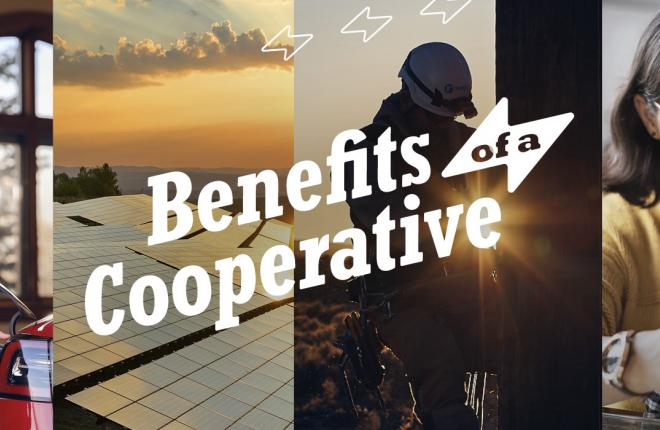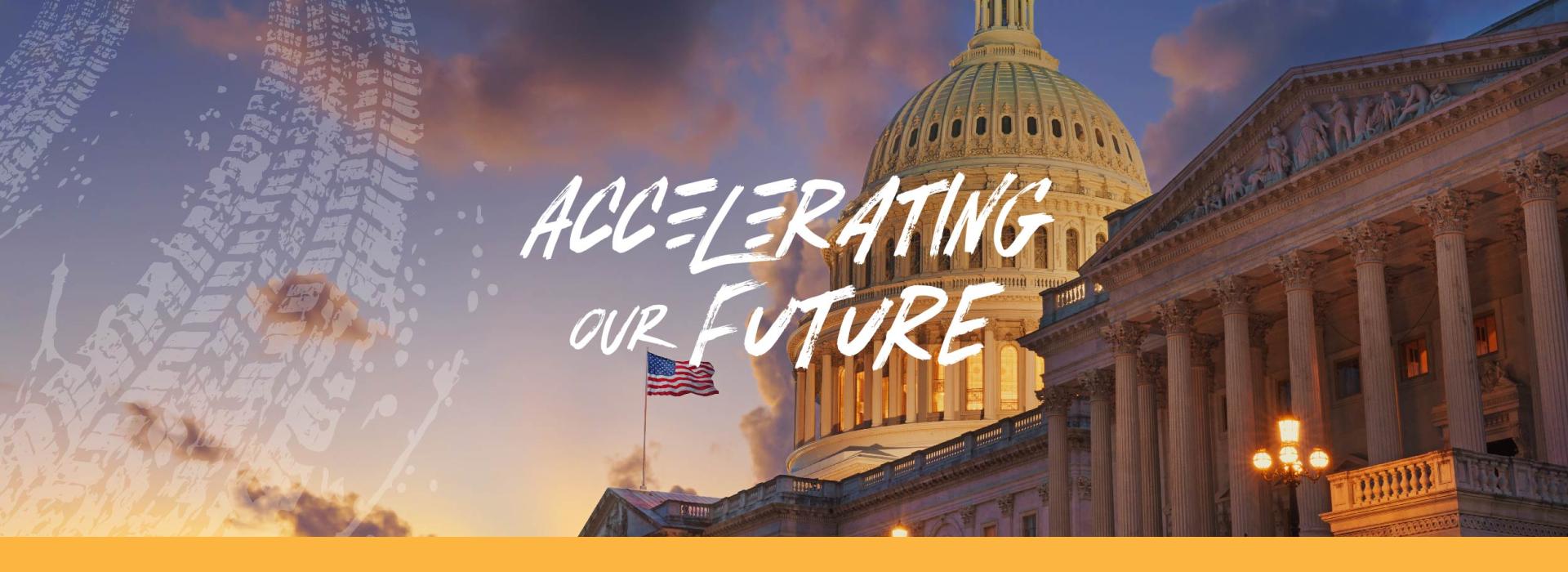
Accelerating Our Future: A Q&A with Evan Jurkovich
In 2023 and into 2024, Senior Manager of Energy Policy and Federal Affairs Evan Jurkovich and his team saw the results of Tri-State and our members' work build momentum as new federal funding opportunities emerged for rural electric cooperatives through the Inflation Reduction Act and other programs.
Tell us about the progress we made in 2023 to secure federal funding.
Since the passage of the Infrastructure Investment and Jobs Act (IIJA) in 2021 and the Inflation Reduction Act (IRA) in 2022, Tri-State identified the value that federal funding opportunities can play in supporting our mission and direction. Among our pursuit of federal funding opportunities is the Letter of Interest (LOI) and application we submitted to the U.S. Department of Agriculture’s (USDA) electric cooperative-only $9.7 billion Empowering Rural America (New ERA) program, which provides co-ops with funding to aid in the transition to clean, affordable and reliable energy. We took a leading role in developing the program and in its inclusion in the IRA. Tri-State submitted a strong, innovative and transformational proposal, seeking funding that would accelerate our energy transition, reduce emissions, and set us up for success well into the 2030s while maintaining competitive rates for our members. In mid 2024, we were excited to to submit our full application after receiving an invitation to proceed from USDA based on our LOI.
The USDA received requests asking for more than four times the amount of funding available, and we are honored to be selected to move forward with our application. Additionally, we applied for and received a $26.5 million award to help optimize energy efficiency, renewable energy consumption and grid resilience through the U.S. Department of Energy’s Grid Resilience Innovation Partnership Program.

How does this effort benefit Tri-State members and end-use consumers?
The IIJA and the IRA represent a once-in-a-generation funding allocation for energy infrastructure and electric cooperatives. Some of the programs and funding could benefit work that is already planned, reduce costs for new projects, support future goals in a cost-effective manner, or provide new opportunities to affordably add reliability, resiliency and flexibility to our system.
Our goal is to benefit our members and the communities we serve. We invest the time and resources to pursue this funding so the entire Tri-State family can benefit. Pursuing federal funding isn’t easy, and we know it’s even harder for many of our members to seek on their own. The ability for members to benefit from federal funding through our work is part of the value of being a Tri-State member.
By pursing federal programs, we can utilize funds to lessen the burden on consumers created by stranded assets as we retire coal plants, resource procurement, and state requirements, avoiding some costs to the energy transition that would otherwise be incurred and decreasing rate pressure on our members and rural communities.
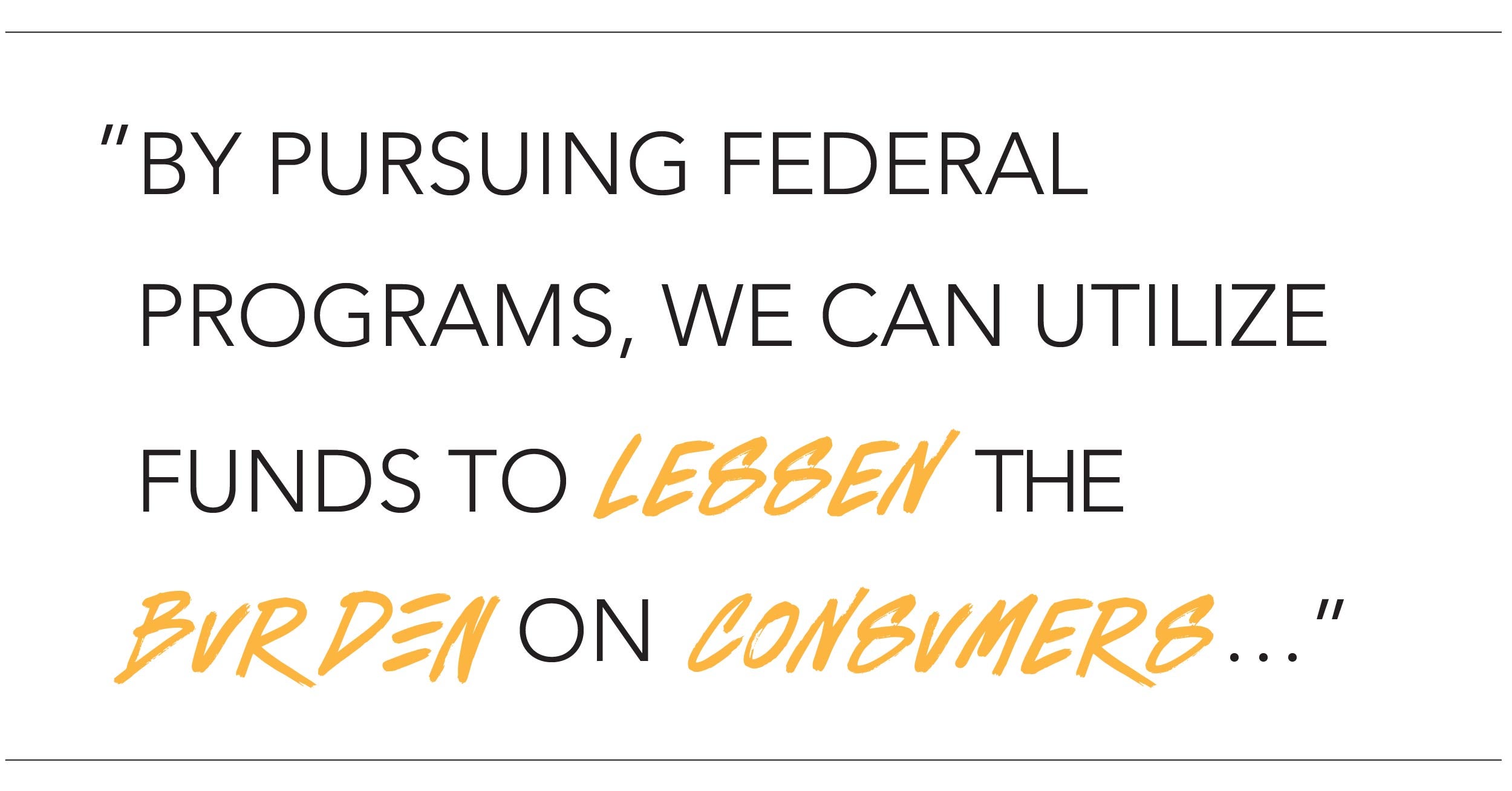
What kind of collaboration has been necessary to get us here?
The New ERA program represents the largest investment in electric cooperatives since the passage of the 1936 Rural Electrification Act, and Tri-State is a big reason it happened.
Over three years, we led efforts with stakeholders to develop, and sell to Congress, a program that would aid cooperatives making a clean energy transition. We took a concept agreed to by stakeholders including Sierra Club, Rural Power Coalition and RMI, negotiated provisions of the concept, and turned it into draft legislation. With a strong policy argument for why cooperatives uniquely needed assistance in the energy transition, Tri-State and collaborators took the legislative proposal to Capitol Hill. Tri-State largely led lobbying efforts on Capitol Hill and with the White House, leaning on policy experience and strong connections to build support for the proposal, which ultimately became the
New ERA program in the IRA.
Our efforts didn’t stop there. Once the proposal became law, we worked with USDA on developing program details. We met with top USDA Rural Development leadership and staff, emphasizing key points that USDA should focus on and providing real world examples of the benefits and challenges that distribution cooperatives and generation and transmission cooperatives (G&Ts) may face under different scenarios and rules. Years of effort proved successful, as the details and rules of the New ERA program significantly reflect our members’ priorities, including the eligibility of stranded costs from the early retirement of coal assets.
Tri-State also helped with another feature of the IRA by playing a key role in helping secure direct-pay tax credits for cooperatives in the legislation, including ensuring Tri-State’s eligibility for the credits.
Together, New ERA and direct-pay tax provisions provide a game-changing opportunity for Tri-State and electric cooperatives across the country to prepare their systems for the future, reduce emissions and own renewable projects that will keep more of the benefits of those projects in our communities. Tri-State knew the benefits of programs like these and we provided the leadership needed to do what many thought was impossible. We continue to look for ways to be innovative in our approach to energy policy and to be a leader for electric cooperatives and rural America as we move forward in our energy transition.
--
About Tri-State
Tri-State is a power supply cooperative, operating on a not-for-profit basis, serving electric distribution cooperatives and public power district member-owners in four states. Together with our members, we deliver reliable, affordable and responsible power to more than a million electricity consumers across nearly 200,000 square miles of the West. Visit www.tristate.coop.
Blog Posts

Members of Tri-State direct and support our future Rick Gordon, chair and president

Cooperatives Bringing Electric Vehicle Chargers to Rural Communities
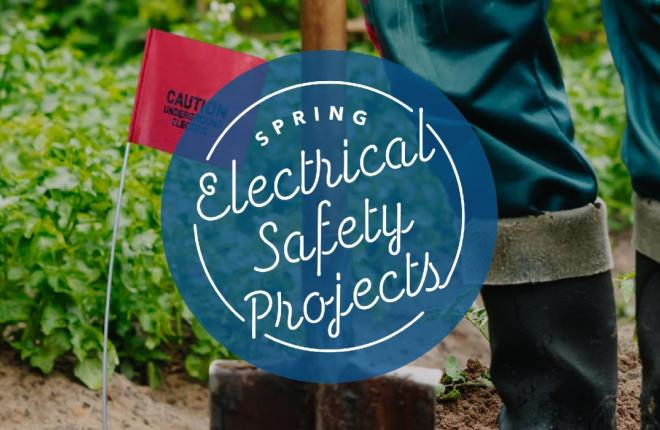
Include Electrical Safety in Your Spring Cleaning and Summer Projects

Co-op-Powered Broadband Keeps People Connected When it Counts

How Electricity is Keeping Food Supply Available

Take Advantage of These 5 Powerful Electric Gardening Tools

18 Stay at Home STEM Activity Sites for Learning and Fun
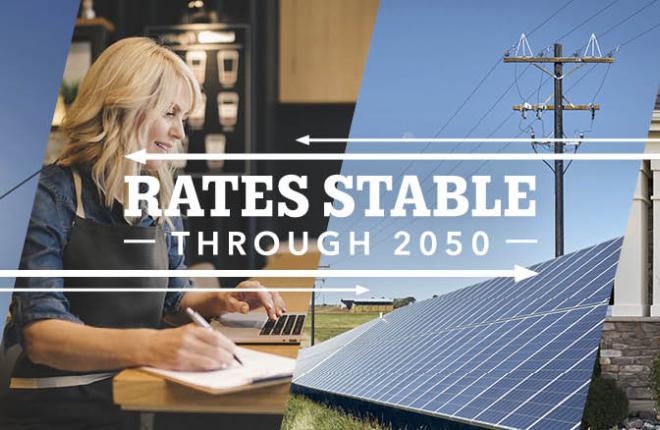
Tri-State’s wholesale rates are stable, and forecasted to remain so to 2050
